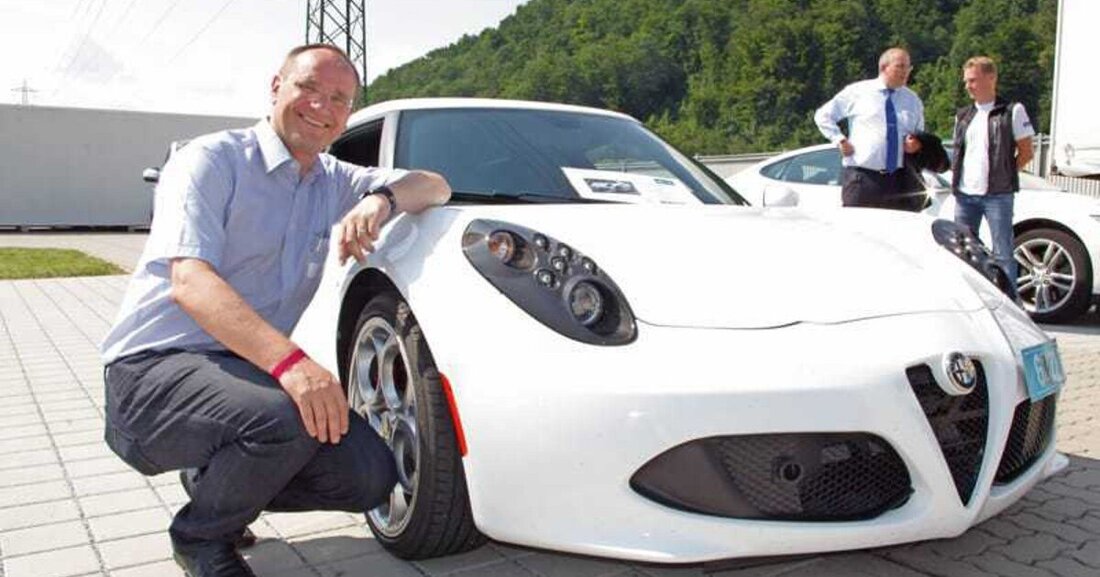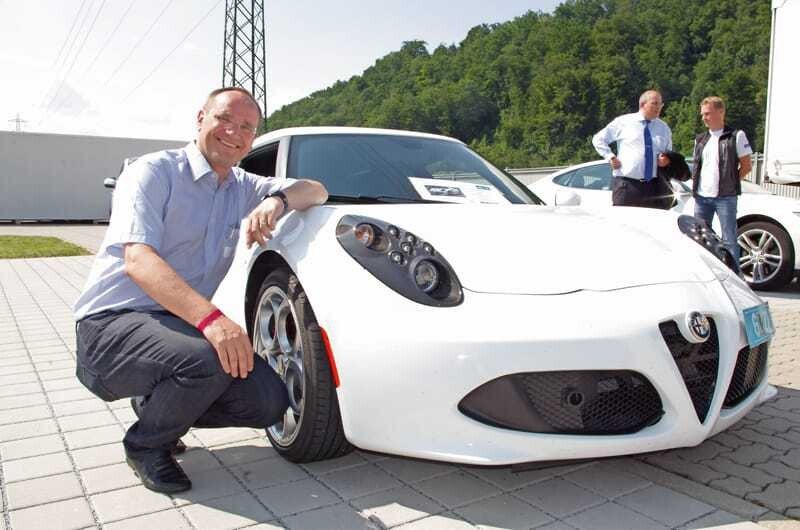New under the hood
On the in-house test track in Gratkorn, AVL List GmbH presented new drive technologies for more driving fun with lower emissions. The new strategies for this are turbocharging, direct injection and Miller cycle.

New under the hood

The trend towards downsizing is slowly subsiding, now the engines are getting bigger again," predicts Hubert Friedl, AVL product manager for gasoline engines, on the occasion of the presentation of the latest drive concepts from the Graz innovation factory. Peter Pötscher, lead developer for concept vehicles, presents, among other things, a VW Golf 7 HIEFF, which the AVL engineers had equipped with a self-developed 1.6 liter gasoline engine instead of the conventional 1.4 liter gasoline engine. Thanks Direct injection, Miller cycle (see info box), electric turbocharger, long gear ratio and exhaust gas recirculation, CO2 emissions could be reduced to 90 g/km without sacrificing performance. “With these measures, which are cost-effective compared to hybridization, we achieve an efficiency of 42 percent and are therefore better than most diesel engines,” says Pötscher. He proudly points out that AVL developed the new, highly efficient gasoline engine not on the basis of an existing unit, but practically from a blank sheet of paper. With a few more tricks from the AVL laboratory, a conventional gasoline engine can also be operated more cleanly and efficiently. For example, two out of four cylinders of a 1.4 liter petrol engine can be shut down at speeds of up to 75 km/h by simply switching off the injection. With additional measures such as engine dethrottling and exhaust gas recirculation, CO2 emissions can be reduced to below the 100 gram/kilometer limit. “All you have to do is redesign the exhaust manifold; everything else is done by reprogramming the engine control,” says Friedl. So that the driver doesn't notice anything acoustically, the AVL technicians installed a so-called acoustic bypass on the firewall, which subtly amplifies the engine sound in two-cylinder operation.
Driving fun can cost something
“There is still so much potential in the combustion engine that it will outlive us all,” answers AVL Managing Director Robert Fischer when asked when pure electric drive will become widespread. For Fischer, from today's perspective, the electric machine is, above all, an important support for the combustion engine in achieving the CO2 targets. The 48-volt mild hybrid is particularly promising. “This means we can achieve 70 percent of the performance of a full hybrid at half the cost.” However, saving fuel is only one side of the coin. “A recent study from Germany has shown that many customers are willing to pay more for more driving pleasure and performance,” said the AVL managing director. A goal that the Graz engineers naturally pursue with enthusiasm, as they can use all of their skills in the process. Among other things, there was an Alfa Romeo 4c to test in Gratkorn, which is powered as standard by a 1750 cc engine with 177 kW/240 hp. “With various measures such as an enlarged turbo and an additional electric charger, we are increasing the output to 200 kW per liter of displacement – that corresponds to around 510 hp,” explains Robert Fischer. In addition, there are numerous other innovative solutions waiting for use in series vehicles on the AVL high-performance shelf. The Graz engineers developed some of them on their own, others on behalf of the largest automobile manufacturers. The extensive AVL portfolio includes engines, transmissions, electric drives, batteries and control units, which will most likely be found in future vehicle generations. The Styrian company's expertise in selecting the powertrain architecture, defining the voltage level and optimizing all powertrain components is in great demand and valued by automobile manufacturers in Europe, America and Asia. The current company data proves the high reputation of the Graz think tank: AVL currently employs over 7,470 people worldwide and had an impressive turnover of 1.15 billion euros in 2014.

 Suche
Suche
 Mein Konto
Mein Konto